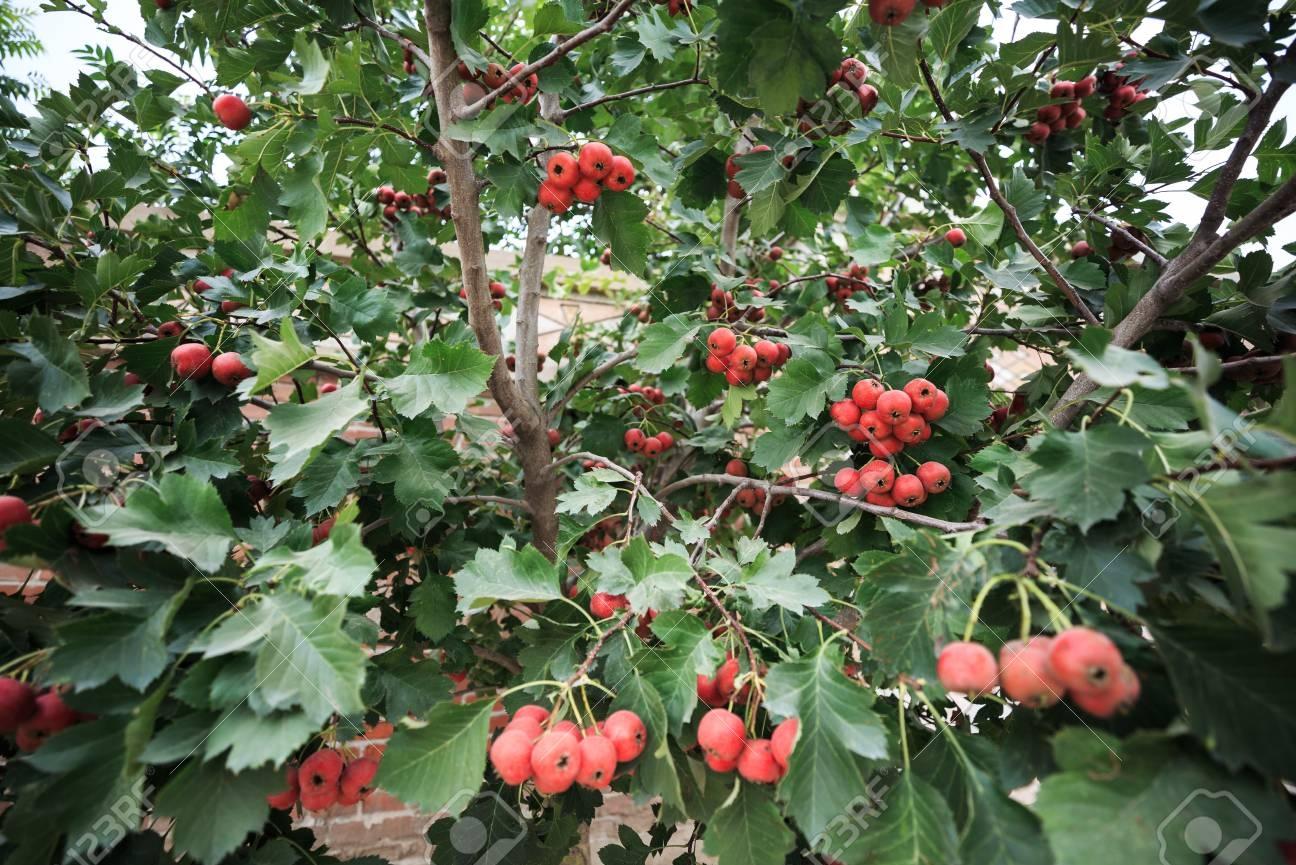With their showy spring blooms, attractive foliage, and abundant red berries, hawthorn plants make excellent additions to gardens and landscapes. If you’re considering adding one of these multi-season beauties, you’ll want to shop for the right hawthorn berry plant to fit your specific needs. This guide covers tips for selecting top-quality hawthorn plants and reputable sources to find them for sale.
An Overview of Hawthorn Plants
Let’s start with a quick rundown on hawthorn plant basics. Hawthorn refers to trees and shrubs in the Crataegus genus. They are deciduous, growing 15-25 feet tall in USDA Hardiness Zones 3-9. Hawthorn leaves vary from shiny and dark green to blue-green or purple tinted. Flowers bloom in spring, ranging from white to pink to red. The real showstoppers are the abundant clusters of red berries appearing in late summer through fall. Beyond beauty, hawthorns provide food and shelter for birds and pollinators.
Choosing the Best Hawthorn Variety
With over 1,000 hawthorn species, you have lots of options! Consider these factors when selecting plants:
-
Growth habit Upright or spreading; dwarf varieties for small spaces
-
Flower color: White, pink, or red blooms
-
Foliage: Green, blue-green, or reddish-purple leaves
-
Berry production Look for heavy yields
-
Hardiness Select plants suited to your zone
-
Thorns: Some are thornless or nearly thornless
Popular species like Washington hawthorn (Crataegus phaenopyrum) and English hawthorn (Crataegus laevigata) are great starter options. Ask at nurseries for varieties ideal for your region.
Where to Buy Hawthorn Plants
Quality matters when purchasing hawthorn plants. Here are top places to buy:
-
Local nurseries: Inspect plants in person and get trusted advice.
-
Mail order nurseries: Reputable online sellers ship healthy, bare root plants.
-
Big box stores: Offer a limited selection of potted hawthorns. Inspect carefully.
-
Bulk wholesale nurseries: Buy in volume for large plantings or retail sales.
-
Specialty fruit nurseries: Source varieties grown specifically for heavy berry yields.
-
Seed catalogs: Grow your own from seed, though germination is tricky.
What to Look for When Selecting Your Hawthorn
Inspect plants before purchasing using these tips:
-
Choose plants with roots that are white, plump, and free of defects.
-
Seek specimens with robust, straight trunks and well-spaced branching.
-
Pick plants with no signs of leaf spot, rust, or other pests/disease.
-
Opt for plants with established root systems and some foliage growth.
-
For potted plants, check container roots are not tangled or rootbound.
-
Verify hawthorns are suited to your growing zone.
-
Ask sellers about the plant’s age, care history, and origin.
Start with the healthiest specimens you can find for maximal berry production and beauty. Digging a proper planting hole and providing attentive aftercare gives your investment the best chance of success.
Preparing Your Site for Planting Hawthorn
Proper planting spot preparation improves growth and fruiting. Hawthorn plants thrive when:
-
Planted in full sun (minimum 6 hours daily)
-
Provided moist, well-draining soil
-
Sheltered from strong winds
-
Allowed ample room to reach maturity
-
Kept weed and grass free around roots
-
Supplied with drip irrigation in dry climates
-
Surrounded by acidic soil amended with compost
Taking time to create prime conditions gives your hawthorn berries the start they need.
Planting Your Hawthorn Berry Plant
Once you’ve prepared the site, follow these tips for planting success:
-
Plant dormant bare root plants in early spring before growth resumes.
-
For container plants, water well the day before planting.
-
Dig a hole 2-3 times the width of the root ball.
-
Place the root ball at the same level it was growing in the nursery.
-
Backfill halfway and water well before finishing.
-
Create a water basin around plants if drainage is slow.
-
Apply 2-4 inches of organic mulch but avoid contact with the trunk.
-
Stake only if needed to prevent windsway.
-
Water thoroughly after planting and as needed during establishment.
With proper planting and care, your hawthorn will soon start showing its beautiful blooms, foliage, and abundant scarlet berries!
Enjoying Your Fruiting Hawthorn
In addition to their ornamental merits, hawthorn plants produce edible (though bland) fruits. You can process the nutritious berries into jams, juices, wines, and even flour once your plant matures. Clip branches for unique floral arrangements bursting with brilliant red. Or simply appreciate hawthorns for their multi-season beauty and wildlife benefits.
With so much to offer, hawthorns are a wise addition to any landscape. Follow the guidance above to find and grow vibrant hawthorn berry plants that will thrive for years of handsome harvests.
Which Tree is Right for Me?
You can order standard or semi-dwarf trees, bare-root or potted. When choosing which is best for you, make sure you think about the pros and cons of each.
- Also functions as a shade tree
- Can be planted farther from compatible pollinator
- Fills a larger space
- Easier to harvest fruit
- Bears fruit sooner
- Fits in a smaller space
Hawthorn – Herb of Myth and Medicine
FAQ
Can you grow hawthorn berries?
What are the negative side effects of hawthorn berry?
Where is the best place to plant a hawthorn tree?
What is the difference between hawthorn and hawthorn Berry?
- The Ultimate Guide to Growing Strawberries in Raised Beds - August 8, 2025
- No-Dig Garden Beds: The Easiest Way to Grow a Beautiful Garden - August 6, 2025
- How to Protect and Preserve Wood for Raised Garden Beds - August 6, 2025

